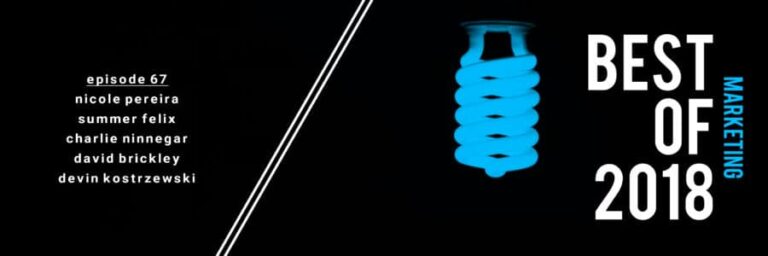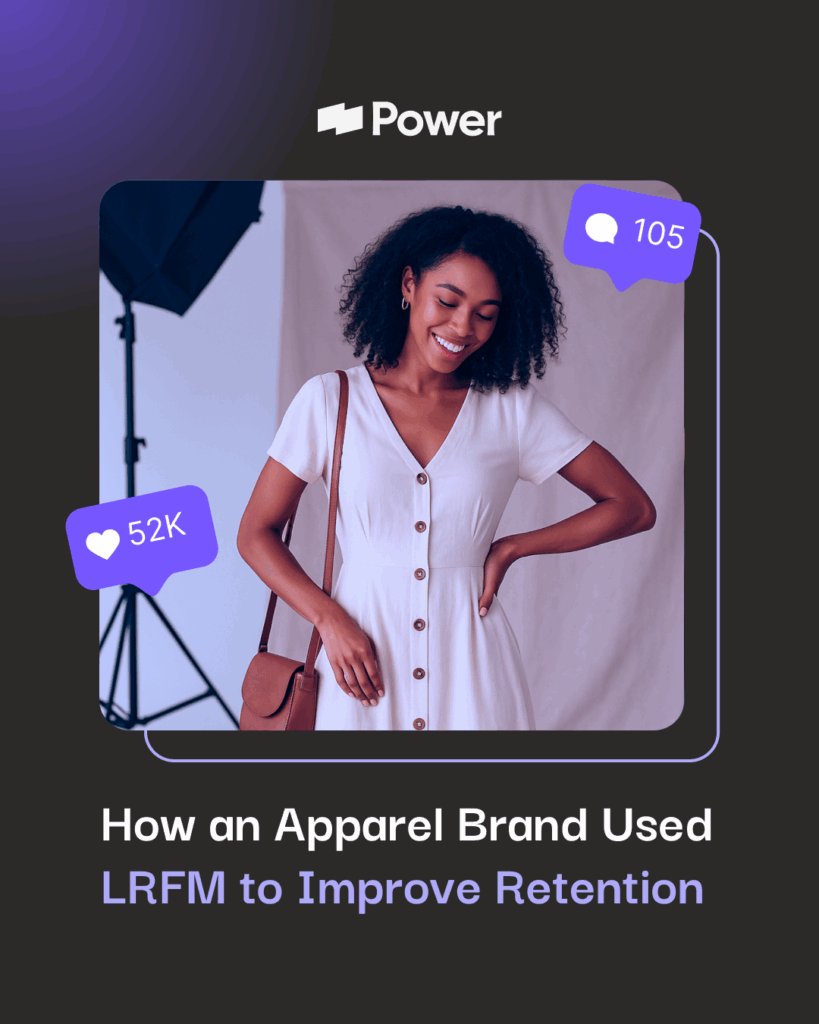Our blog
Flip The Switch Episode 72: Navigating the Future of Direct-to-Consumer Brands

Table of contents
For this week’s episode of Flip The Switch, Power Digital’s CEO, Grayson Lafrenz, is joined by the Founder & CFO of Pura Vida, Paul Goodman! This episode is filled with current topics and how they relate to leading a company.
Talking points include:
- Covid-19 curveballs for Pura Vida and consumer brands overall.
- KPIs and Leading Indicators – What to measure and the metrics that can cause problems if over-optimized against.
- Business partnerships, the importance of talent diversity, and giving power to your employees.
- What the future might hold for Paul and his entrepreneur journey, plus the brands he admires.
And so much more! Paul fills this conversation with stimulating conversation that any aspiring entrepreneur should adopt into their work ethic.
Our Editorial Standards
Reviewed for Accuracy
Every piece is fact-checked for precision.
Up-to-Date Research
We reflect the latest trends and insights.
Credible References
Backed by trusted industry sources.
Actionable & Insight-Driven
Strategic takeaways for real results.



